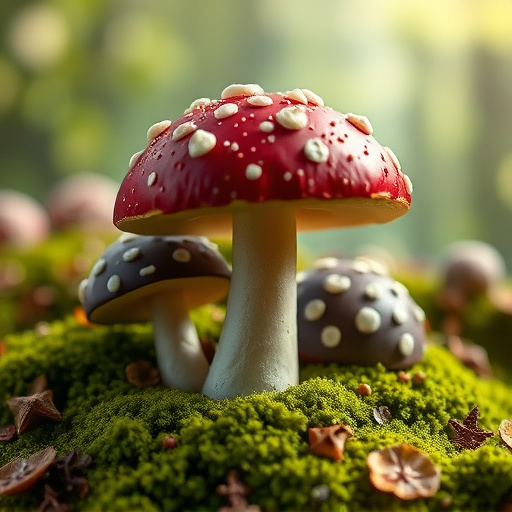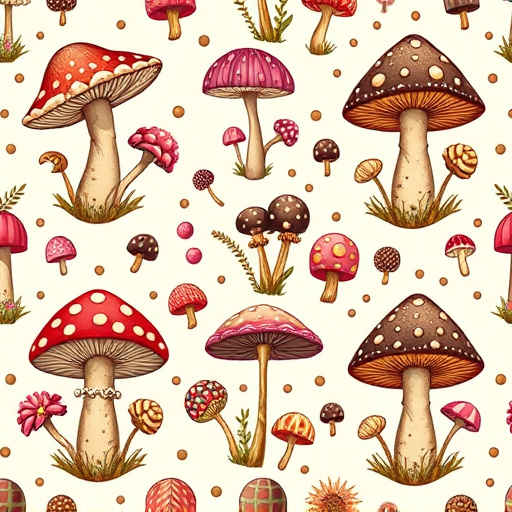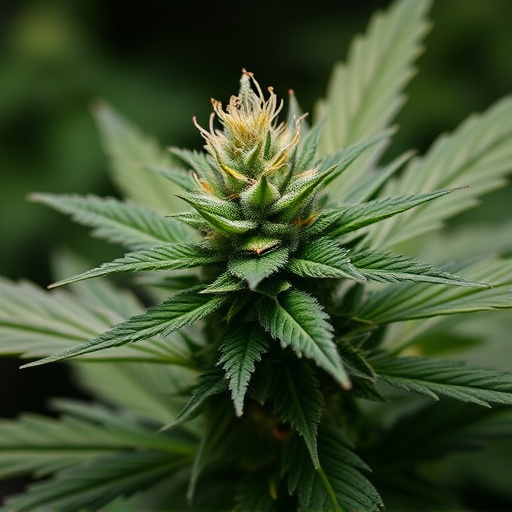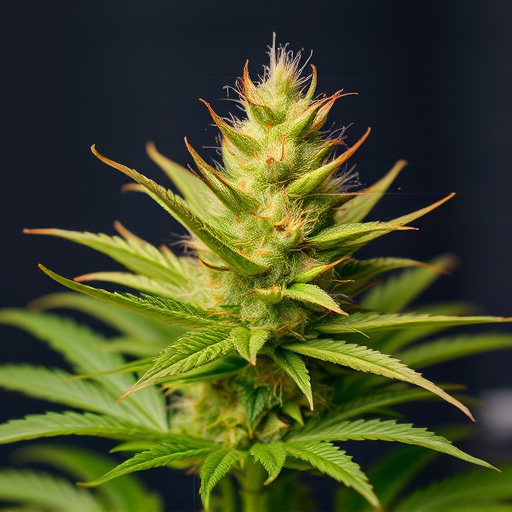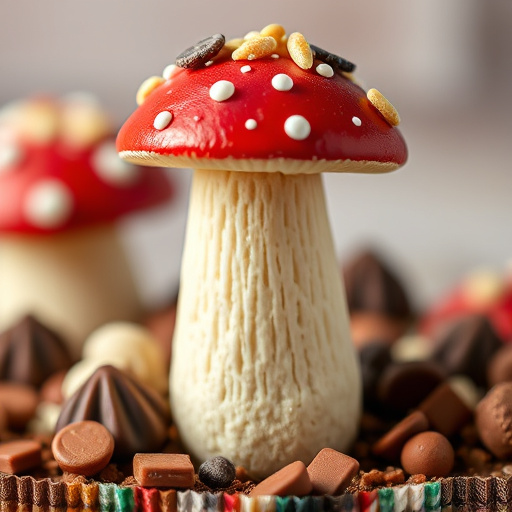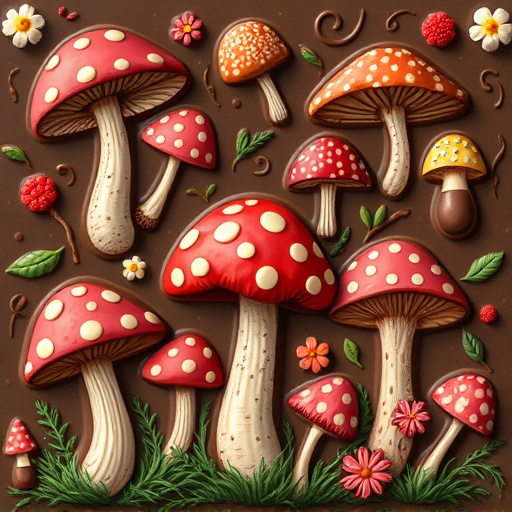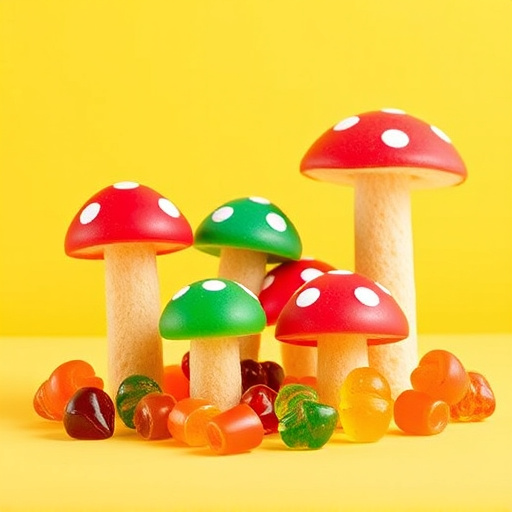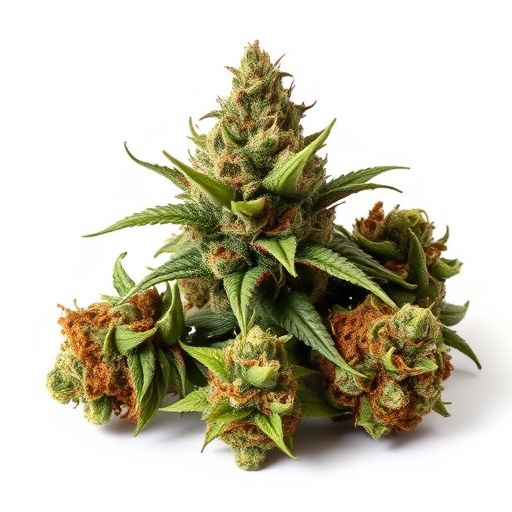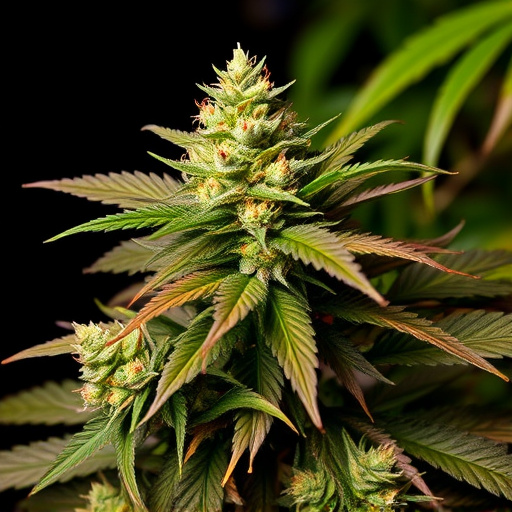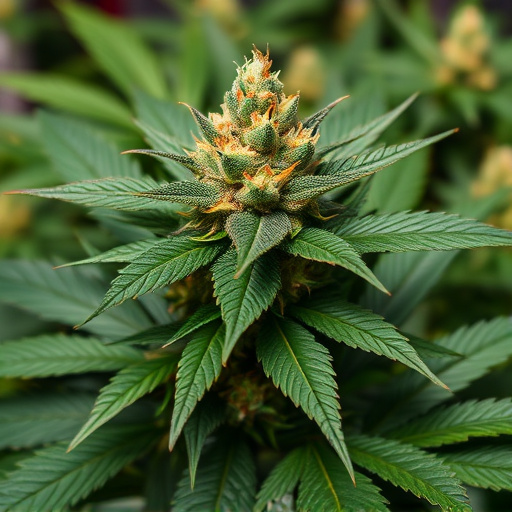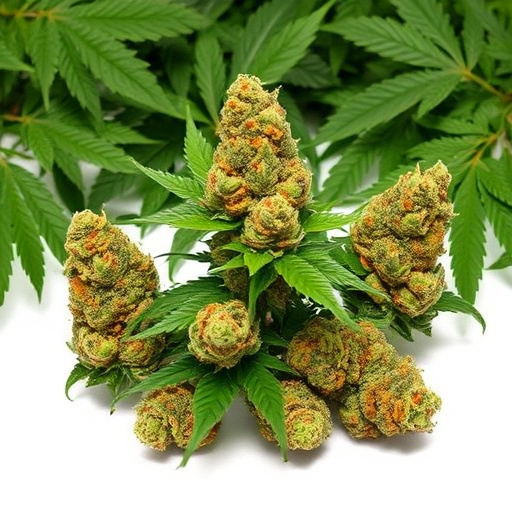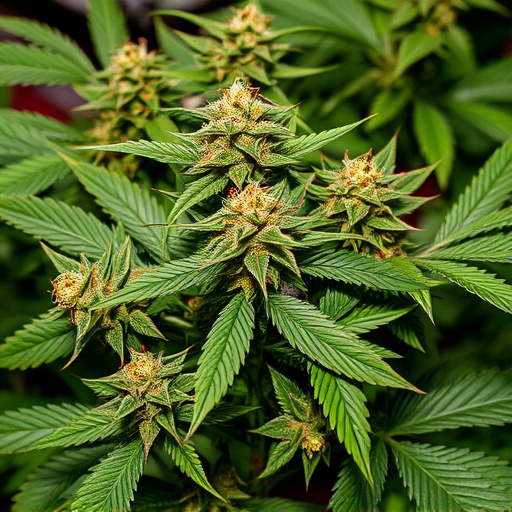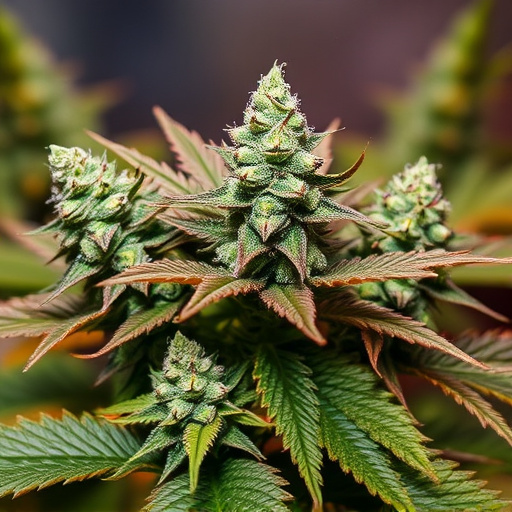Jamaican weed strains' distinctiveness arises from their trichomes—glandular hairs producing cannabinoids (like THC) and terpenes, dictating potency, flavors, and therapeutic effects. Dense, mature trichomes signal higher cannabinoid concentrations, offering tailored experiences for relaxation, energy, or pain relief. These microscopic glands are vital to the plant's protection, aroma, and flavor, making them a key visual indicator of quality in premium Jamaican cannabis worldwide.
In the world of cannabis, trichomes are tiny yet powerful structures that play a pivotal role in determining a plant’s potency. These hair-like glands, found on the surface of cannabis flowers, secrete an array of cannabinoids, including THC and CBD. The density and structure of trichomes directly impact the final product’s strength. This article delves into the intricate world of trichomes, exploring their significance in cannabis potency, focusing on distinctive traits of Jamaican weed strains, and providing cultivation insights to optimize their development for maximum efficacy.
- The Role of Trichomes in Cannabis Potency
- – Define trichomes and their location on cannabis plants
- – Explain the function of trichomes in producing cannabinoids like THC and CBD
The Role of Trichomes in Cannabis Potency
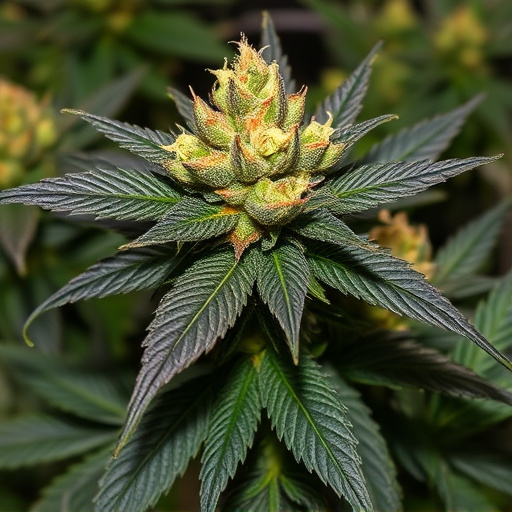
Trichomes, tiny glandular hairs found on cannabis plants, play a pivotal role in determining the potency and unique properties of different Jamaican weed strains. These specialized structures secrete a wide range of cannabinoids and terpenes, which are responsible for the plant’s distinctive flavors, aromas, and therapeutic effects. The density and size of trichomes can significantly impact the overall potency, with mature, dense trichomes indicating higher levels of these valuable compounds.
In Jamaican weed strains known for their robust and potent profiles, trichomes often appear sticky or resinous due to the high concentration of cannabinoids like THC. This stickiness is a visual indicator that the strain has reached its peak maturity, ensuring a more intense experience. The intricate relationship between trichomes, cannabinoids, and terpenes contributes to the diverse effects felt by consumers, whether seeking relaxation, energy, or pain relief.
– Define trichomes and their location on cannabis plants
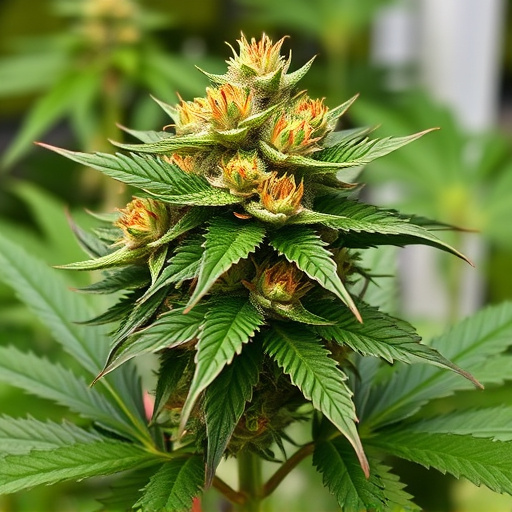
Trichomes are tiny, hair-like structures that cover the surface of cannabis plants, particularly on the flowers and leaves. They produce a wide range of compounds, including terpenes, flavonoids, and cannabinoids, which contribute significantly to the plant’s unique aroma, flavor, and potency. In Jamaican weed strains, known for their robust and distinct profiles, trichomes play a pivotal role in delivering an exceptional experience.
Located primarily on the outer surfaces of cannabis flowers, these microscopic glands excrete essential oils that not only protect the plant but also attract pollinators. When mature, trichomes can appear as tiny clear or milky bumps, often glistening under sunlight. Their density and appearance are indicators of a plant’s potential potency, with denser trichomes suggesting higher concentrations of desirable compounds, much like how professional growers assess the quality of their Jamaican weed strains.
– Explain the function of trichomes in producing cannabinoids like THC and CBD

Trichomes, tiny hair-like structures found on the surface of cannabis plants, play a pivotal role in producing cannabinoids like THC and CBD. These compounds are responsible for the plant’s potent effects, making Jamaican weed strains renowned worldwide for their unique properties. Trichomes secrete a wide range of chemical compounds, including terpenes and flavonoids, which contribute to the overall aroma, flavor, and therapeutic benefits of cannabis.
Within the trichomes, specific enzymes catalyze the conversion of cannabidiol (CBD) into tetrahydrocannabinol (THC), the primary psychoactive compound known for its intoxicating effects. This transformation is a complex process that involves various environmental factors, such as temperature, light, and growing conditions. The density and size of trichomes can vary between different Jamaican weed strains, directly impacting the final cannabinoid profile and potency.
Trichomes play a pivotal role in determining the potency of cannabis, particularly in renowned Jamaican weed strains. These tiny glandular structures, found on the surface of cannabis flowers, are responsible for producing and concentrating cannabinoids like THC and CBD. Understanding the significance of trichomes offers insights into why certain strains, such as those from Jamaica, have gained fame for their exceptional strength and unique chemical profiles, catering to both medicinal and recreational users alike.
